How the gurus behind Google Earth created 'Pokémon Go'
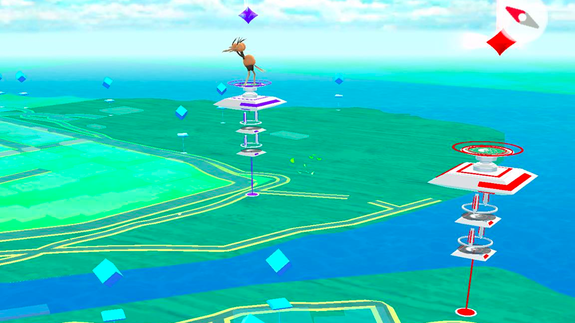
If you spotted dozens of people silently congregating in parks and train stations over the weekend, they were probably just busy trying to catch a Pidgeotto.
Niantic's Pokémon Go, the augmented reality mobile game, has become a global phenomenon since it launched Wednesday in Australia before rolling out in the U.S. The game requires players to explore the real world to find Pokémon, collect items at Pokéstops and conquer gyms, and a lot of work has gone into the game's mapping.
SEE ALSO: How to be the best, least annoying, 'Pokémon Go' trainer
John Hanke, the CEO and founder of Niantic, is a Google veteran. He was one of the founders of Keyhole, the company Google bought to start Google Earth, and had a hand in Google Maps before forming Niantic. The company spun off from Google's parent company Alphabet in 2015.
For Hanke, accurate mapping was integral to Pokémon Go. "A lot of us worked on Google Maps and Google Earth for many, many years, so we want the mapping to be good," he told Mashable.
How Pokéstop and gyms locations were chosen
All those Pokémon Go obsessives out there owe some serious thanks to a whole other set of gamers.
Ingress, the augmented-reality multiplayer game, was launched in beta by Niantic in 2011. Its users are responsible for helping create the data pool that determines where Pokéstops and gyms appear in Pokémon Go.
In the early days of Ingress, Niantic formed a beginning pool of portal locations for the game based on historical markers, as well as a data set of public artwork mined from geo-tagged photos on Google. "We basically defined the kinds of places that we wanted to be part of the game," Hanke said. "Things that were public artwork, that were historical sites, that were buildings with some unique architectural history or characteristic, or a unique local businesses."
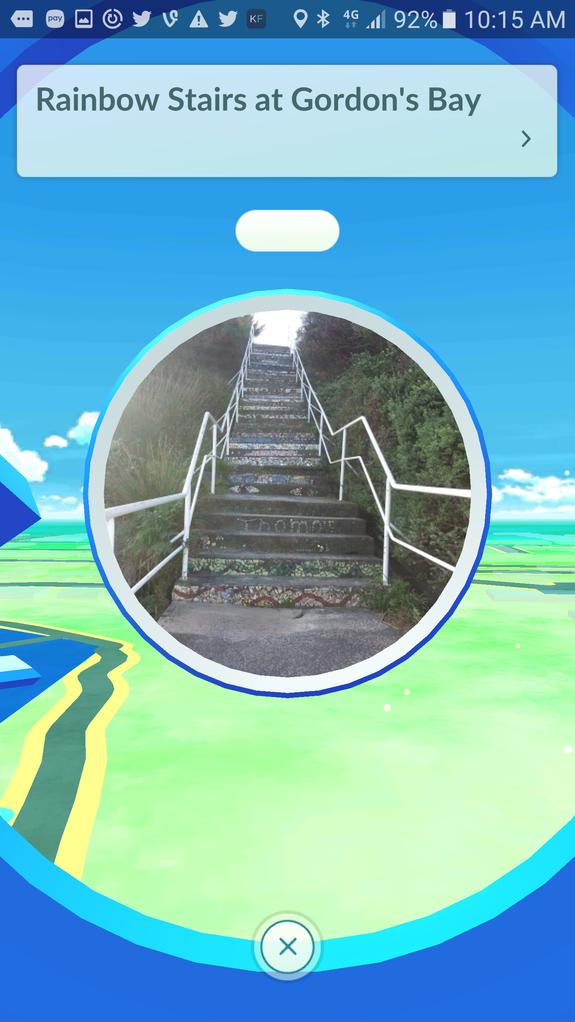
Image: mashable
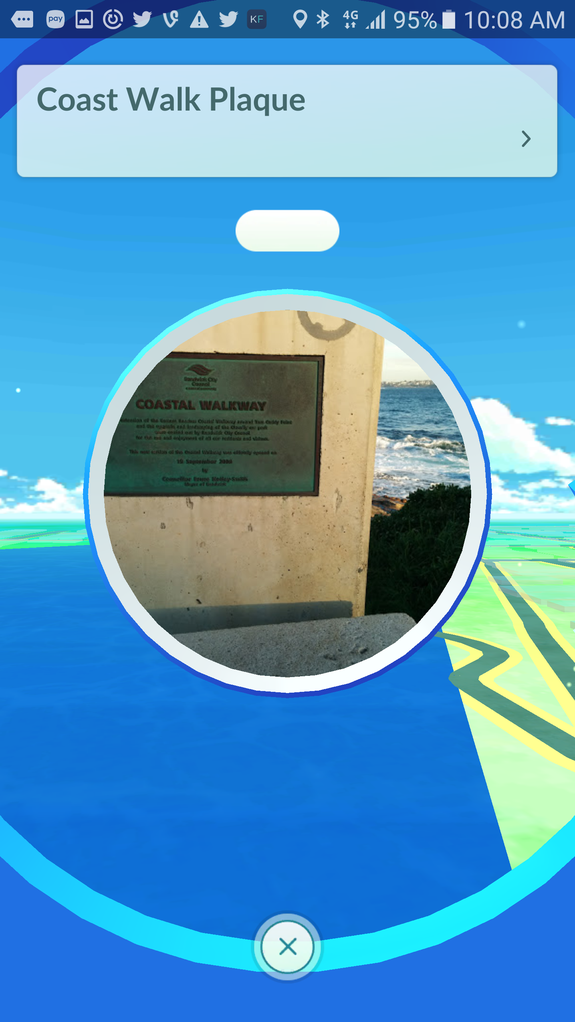
Image: mashable
The team then asked Ingress players to submit places they thought were worthy of being portals. "There have been about 15 million submissions, and we've approved in the order of 5 million of these locations worldwide," Hanke said.
The Ingress portal data set became so robust, it was chosen as the starting point for Pokémon Go. Some of the most popular Ingress portals within a certain geographic location are gyms in the new game, while the next most popular have become Pokéstops.
Thanks to the efforts of Ingress users, you should be able to find Pokéstops almost anywhere, although you may have trouble in some of the more remote corners of Australia.
"The Pokéstops are submitted by users, so obviously they're based on places people go," Hanke said. "We had essentially two and a half years of people going to all the places where they thought they should be able to play Ingress, so it's some pretty remote places.
"There are portals in Antartica and the North Pole, and most points in between."
Which Pokémon appear where
Deciding which Pokémon would appear where required a whole extra set of mapping data.
Geographic markers in the map created for Pokémon Go help determine Pokémon habitat. "We assign values based on whether there is a water body in an area — so a stream, a river, a pond — whether areas are designated as zoos or parks, or other kinds of mapping designations," Hanke said.
That means, for the most part, water-type Pokémon like Magikarp and Squirtles should appear near water.
Although he could not disclose its origins, another data set used in the game is drawn from the geographic classification of an area based on climate, vegetation and soil or rock type. "That gets into more [geographic information system]-type of data ... and we utilise that to map Pokémon species to appropriate habitats," he explained.
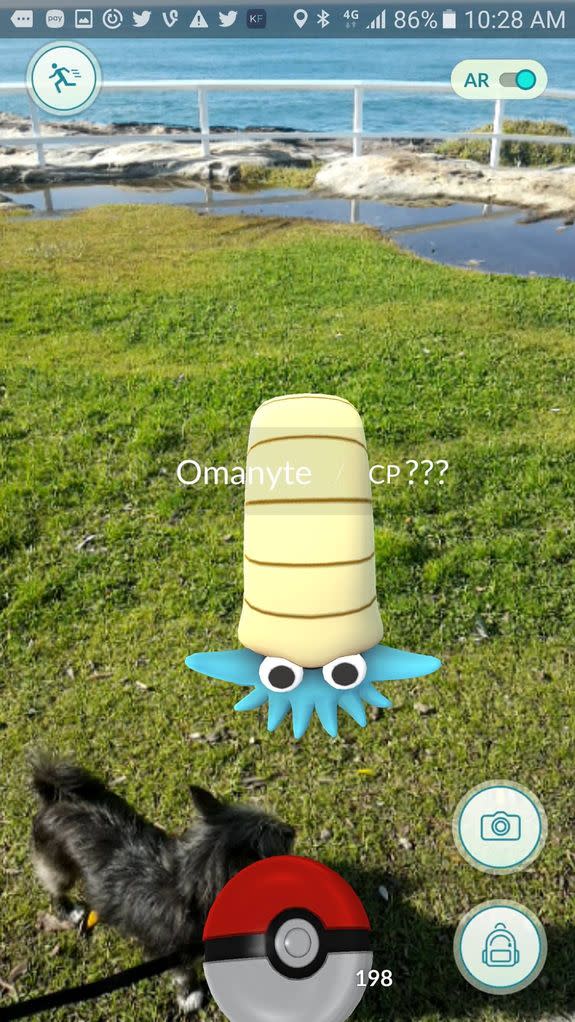
Image: mashable

Image: Mashable
Keeping players safe
Since Pokémon Go launched, there's been plenty of hype on social media about players going to extremes to capture the elusive creatures.
According to Hanke, however, safety has always been a priority. One of the criteria for Ingress portals, which are now Pokéstops and gyms, is that they be safe and publicly accessible. "The goal is they are places that are pedestrian-safe," he explained. There have been reports of Ingress players running into trouble with the authorities for lurking in odd locations, however.
As for Pokémon, players shouldn't have to go out of their way to capture them. "We also try to limit the spawning of the Pokémon — not to roadways, or in the vicinity of the user so that they don't have to do anything out of the ordinary," Hanke said.
"Once a Pokémon spawns, you can tap on it and start interacting with it. You don't have to go any further than where you already are — the assumption being that you are safe."
Of course, having your head permanently bent over your smartphone is not the safest way to walk the streets.
"We encourage people to keep their heads up and be aware of what's going on around them," Hanke stressed. When the app is opened, it launches with a warning message for users to keep their wits about them. "It is something that you would have with exercise apps, or geo-caching apps, or mapping apps, where people are moving about," he added.
Hanke said Niantic hopes to encourage people to stay safe, while also building a game that gets people off the couch. "We're trying to strike a good balance," he added.
The future of Pokémon Go and augmented reality
Hanke has plans to add new, immersive features to Pokémon Go.
In particular, there are plans to develop Pokéstops and gyms to add depth to game play. Currently, it's possible to add a lure module to a Pokéstop to attract Pokémon, but extra capabilities are in the pipeline.
"We imagine teams building up their gyms and Pokéstops in certain ways and tailoring them to their tastes," he said.

Image: mashable
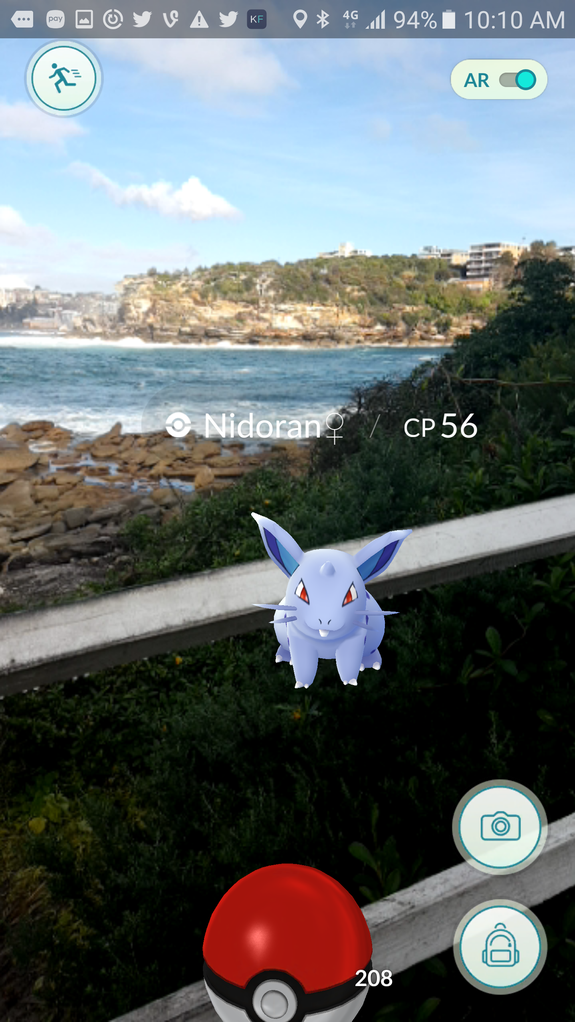
Image: mashable
Trading is also part of the roadmap. "We think that that in particular is going to drive a lot of cooperation, competition and social interactions between people," Hanke said. "Some of the game design features that we have in mind for Pokéstops and gyms are designed with the idea of encouraging cooperation and gameplay between players on the same team."
While the technology is not yet mature, Hanke also sees the game potentially working with augmented reality goggles.
"A lot of those systems will probably only work well indoors in the beginning," he said. "But I think certainly within a decade we'll see that kind of immersive visual eye wear that you could wear outside and play games like Pokémon Go, and see Pokémon appear in a three-dimensional context."

 Yahoo News
Yahoo News 